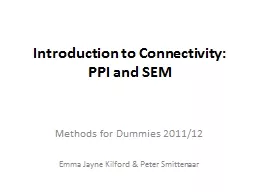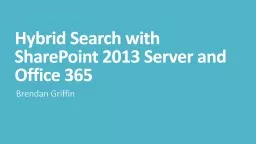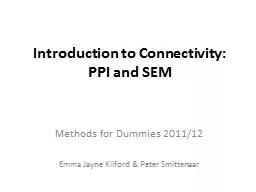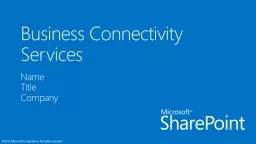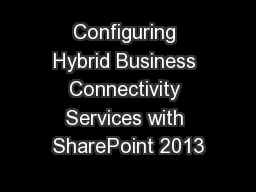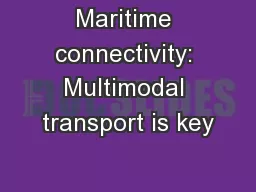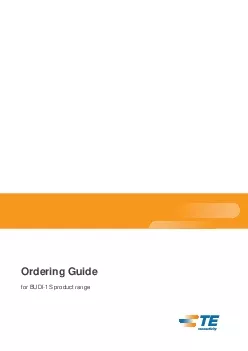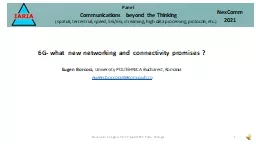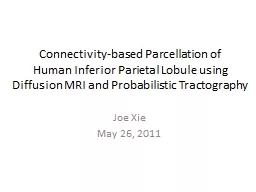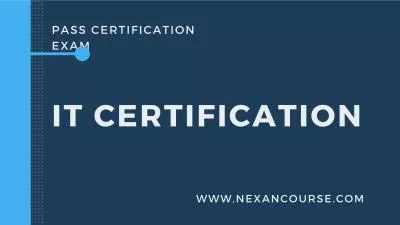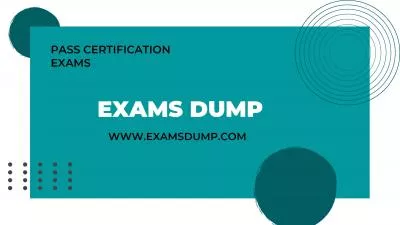PPT-Configuring Hybrid Business Connectivity Services with Shar
Author : danika-pritchard | Published Date : 2017-12-16
BRK4113 Manas Biswas Snr SEE Microsoft India Sam Hassani Principal Consultant BrightStarr Neil Hodgkinson Snr PM O365 CXP CAT Session Objectives And Takeaways
Presentation Embed Code
Download Presentation
Download Presentation The PPT/PDF document "Configuring Hybrid Business Connectivity..." is the property of its rightful owner. Permission is granted to download and print the materials on this website for personal, non-commercial use only, and to display it on your personal computer provided you do not modify the materials and that you retain all copyright notices contained in the materials. By downloading content from our website, you accept the terms of this agreement.
Configuring Hybrid Business Connectivity Services with Shar: Transcript
Download Rules Of Document
"Configuring Hybrid Business Connectivity Services with Shar"The content belongs to its owner. You may download and print it for personal use, without modification, and keep all copyright notices. By downloading, you agree to these terms.
Related Documents



